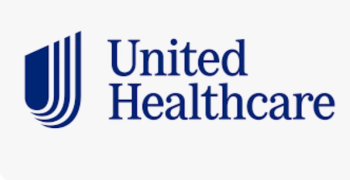
Transforming Healthcare Workforce for Future Challenges
Discover how healthcare is evolving, the workforce hurdles it faces, and the game-changing role of technology in overcoming these obstacles.
The COVID-19 pandemic altered the healthcare landscape and their livelihoods by driving an industry-wide shift to digital care delivery paradigms. This notion that care can be delivered remotely by shifting some activities from healthcare professionals to patients and carers represents a sea change in the culture of the healthcare sector and its workforce.00000
Given this continuous transformation of healthcare delivery, healthcare personnel face ongoing challenges in psychosocial working conditions, such as talent shortage, increased workload, and task complexity.
What Challenges Does the Current Healthcare Industry Have to Face?
Over the last two decades, the healthcare industry has undergone dramatic change. Industry and political leaders have addressed several concerns affecting access to care, quality of care, and cost.
Aging Population Puts A Strain
Concern over the likelihood of increased medical costs, long-term social care jobs and services for the elderly, and an imbalance between working age and the old due to shifting reliance ratios has been sparked by population aging.
This population growth is also putting a strain on Social Security and public health systems. As of 2020, the program began paying out more than it receives, owing to elderly adults and retirees beginning to draw more from Social Security rather than contributing to it.
People are anticipated to need more and more social care services as the senior dependence ratio increases. On the other hand, as people get older, the demand for healthcare will increase.
Nurse Shortage Is Expected to Grow
The demand for healthcare professionals, such as doctors and registered nurses (RNs), is expected to outnumber supply. According to the Bureau of Labor Statistics
The Bureau estimates approximately 203,200 job opportunities for registered nurses annually until 2031, accounting for retirements and workforce departures in the United States.Physicians and nurses are struggling with various challenges, ranging from their pay to the daily stress to a desire for remote work alternatives and lack of recognition, such as
Lack of Diversity in The Workforce
Although the advantages are obvious, the most difficult challenge is to create an environment that recognizes varied ideas and experiences without disregarding or ignoring individual demands.
This can result in discrepancies in care, which can negatively influence patient health outcomes. To solve this issue, we must be aware of the possibility of bias in ourselves and others and endeavor to counteract it intentionally.
How Is Technology Transforming the Future of Healthcare?
In particular, digital technologies offer unique opportunities to strengthen health systems, as illustrated by the COVID-19 pandemic, where the use and frequently remarkably fast deployment of various digital tools and solutions has allowed countries too.
These include health systems developing novel strategies to relieve the strain on their providers. One solution is to use technology to incorporate remote work. It also empowers the workforce, allowing them to focus their time and energy on the care they can deliver.
From scheduling and intake, technology is being leveraged to ease procedures. It also assures clinicians that all processes have been completed accurately, efficiently, and on time, providing significant value to doctors and patients.
Healthcare systems can also provide continual education and training on diversity, equity, and inclusion topics. When more diverse voices are heard and DEI activities are promoted, the healthcare industry can create a more welcoming and supportive workplace.
Digital transformation is a crucial and necessary part of the solution to current and future healthcare concerns. Although there are pain points connected with the change, the healthcare industry has demonstrated that they can be purposefully alleviated or resolved entirely to prioritize technology adoption, allowing the industry, its employees, and its patients to prosper.
Newsletter
Get the latest industry news, event updates, and more from Managed healthcare Executive.



















































